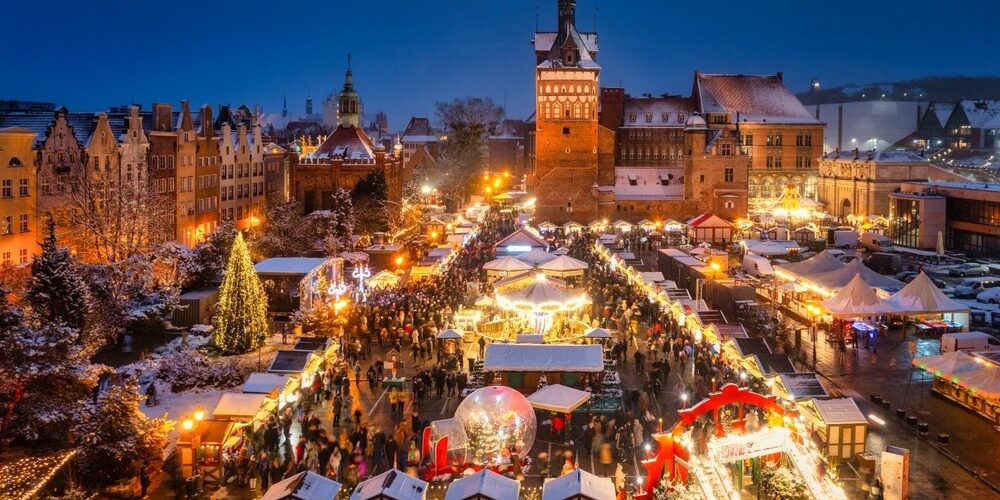Christmas Traditions Around the World: A Journey of Festive Celebrations
Christmas, a season filled with joy, giving, and togetherness, is celebrated in various ways around the world. While the core themes of love, gratitude, and kindness remain universal, each culture has its unique traditions, rituals, and customs that add to the festive season’s magic. From grand feasts to candlelit processions, and from symbolic decorations to quirky customs, let’s explore how different countries make Christmas uniquely their own.
1. Germany: Weihnachtsmärkte and Advent Wreaths
Germany is often credited as the birthplace of many beloved Christmas traditions. The Advent season is a significant part of German holiday celebrations, with families lighting candles on an Advent wreath every Sunday leading up to Christmas. Each candle represents a week, bringing light and warmth as the holiday nears.
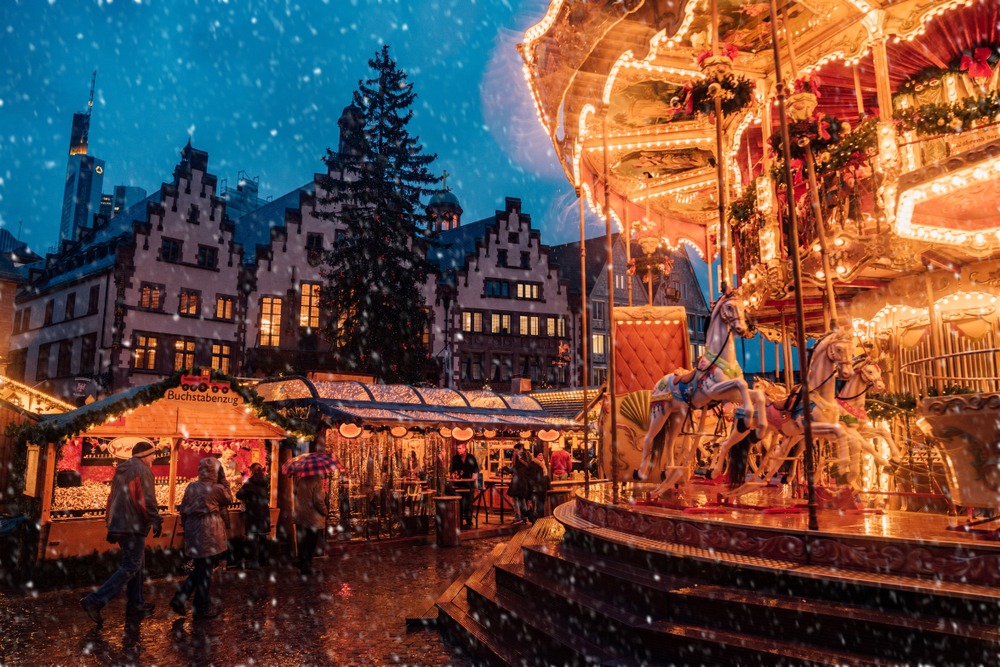
Germany is also famous for its Weihnachtsmärkte (Christmas markets), which are enchanting open-air markets selling seasonal treats, gifts, and decorations. Cities like Nuremberg, Dresden, and Cologne host some of the most iconic Christmas markets, where visitors can enjoy Glühwein (mulled wine), Lebkuchen (gingerbread), and roasted chestnuts. German children also receive gifts on December 6, St. Nicholas Day, when St. Nicholas fills their shoes with small treats and candies if they’ve been good.
2. Italy: La Befana and the Feast of Seven Fishes
In Italy, Christmas celebrations revolve around family, food, and faith. Italian families celebrate the Feast of the Seven Fishes on Christmas Eve, a grand seafood dinner with up to seven types of fish dishes symbolizing the seven sacraments.
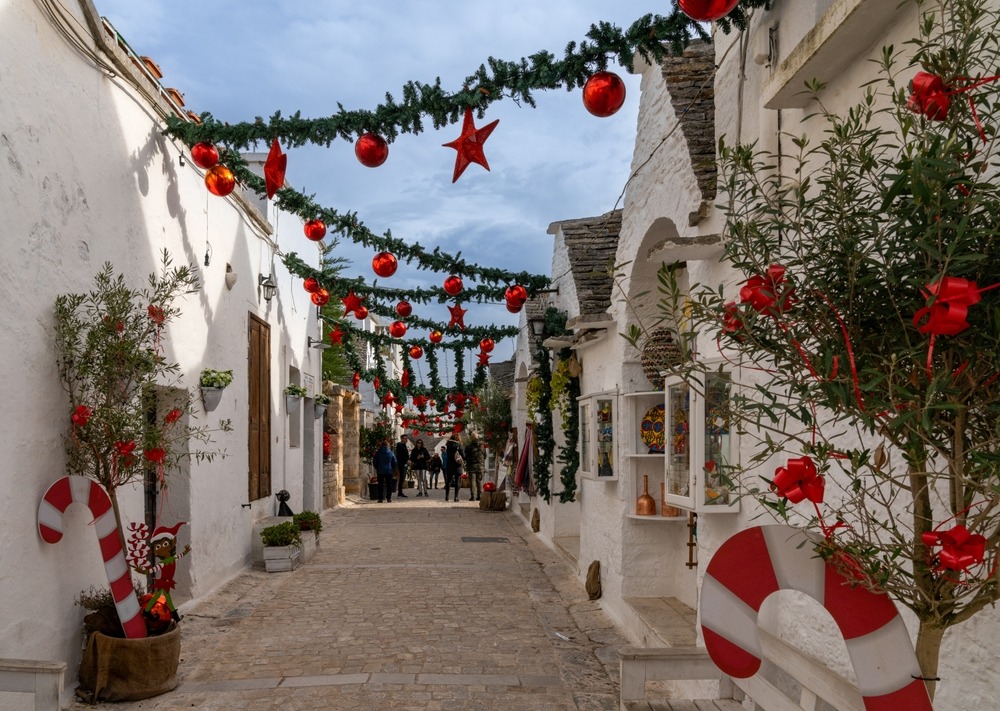
Another beloved figure in Italian Christmas lore is La Befana, an old woman who visits children on Epiphany Eve (January 5) to fill their stockings with treats. According to legend, La Befana was invited by the Wise Men to see baby Jesus but declined due to her household chores. She later regretted her decision and now roams the world delivering gifts to children.
3. Sweden: Saint Lucia’s Day and the Yule Goat
Sweden celebrates Christmas with Saint Lucia’s Day on December 13, marking the beginning of the holiday season. On this day, girls dressed in white robes with crowns of candles honor Saint Lucia, the bearer of light during dark winter days. The eldest daughter in each family traditionally plays the role of Lucia, serving coffee and Lussekatter (saffron buns) to her family.
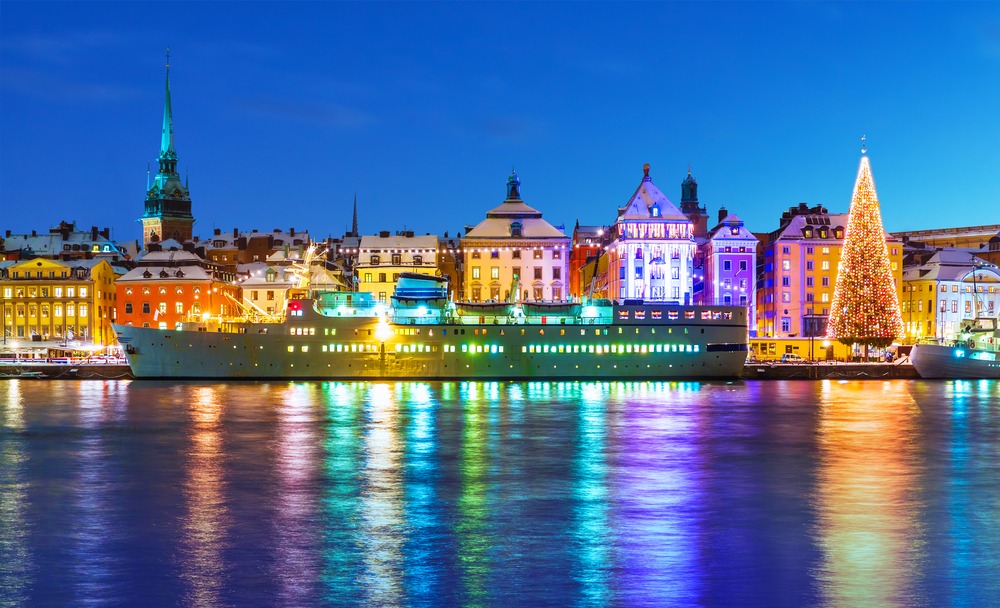
Another symbol of Swedish Christmas is the Yule Goat, a centuries-old tradition linked to Norse mythology and the Yule celebrations. In Gävle, Sweden, a giant straw goat known as the Gävle Goat is constructed annually, though locals and tourists often attempt to burn it down in a mischievous twist on tradition!
4. Mexico: Las Posadas and the Nativity Scene
In Mexico, Christmas celebrations begin with Las Posadas, a nine-day celebration reenacting Mary and Joseph’s search for shelter. From December 16 to 24, neighborhoods organize processions where participants sing traditional songs and visit different homes each night, with the host eventually offering them refreshments.
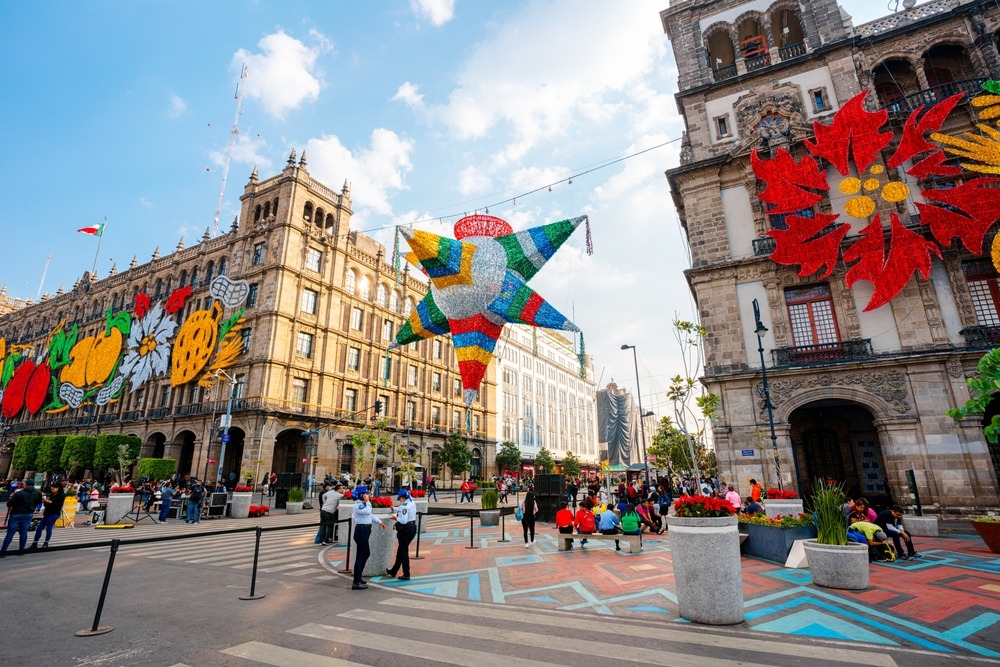
Mexican families also set up elaborate Nacimiento (nativity scenes), which are often more intricate than Christmas trees. On Christmas Eve, known as Nochebuena, families attend Midnight Mass and enjoy a festive meal featuring tamales, bacalao (salted cod), and romeritos (a local plant served with mole).
5. Japan: Fried Chicken Feasts and Illuminations
While Christmas isn’t a national holiday in Japan, it has been embraced as a season for spreading happiness. A unique Japanese Christmas tradition is the custom of eating fried chicken, popularized by KFC’s “Kentucky for Christmas” campaign in the 1970s. Many families even pre-order their holiday chicken to avoid long lines.
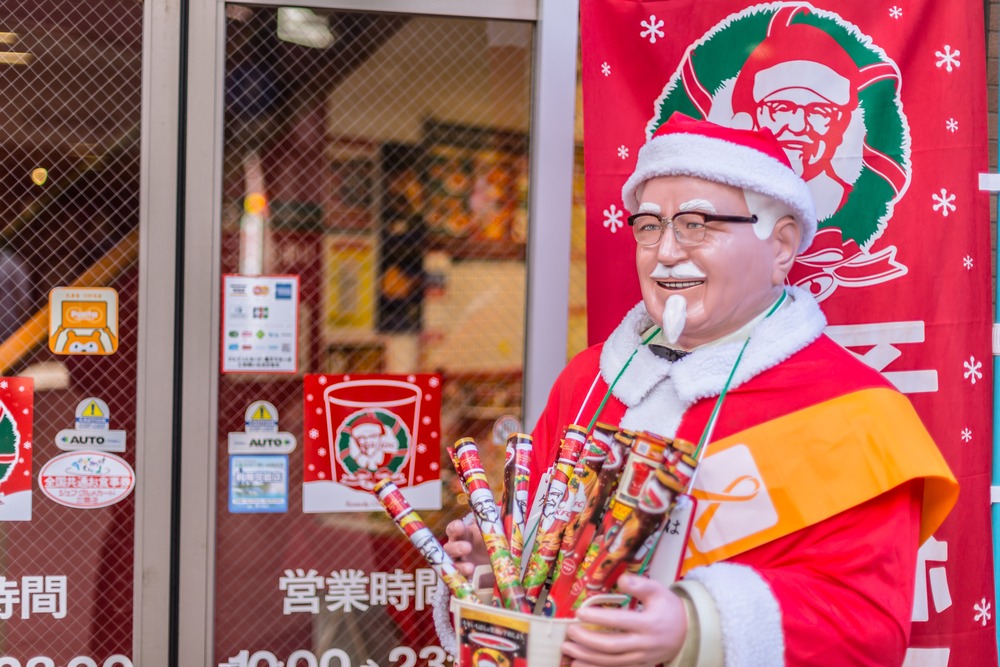
Japanese cities also feature breathtaking Christmas illuminations, with Tokyo, Osaka, and Kyoto transforming into a winter wonderland of lights and decorations. On Christmas Eve, it’s a romantic occasion for couples, who exchange gifts and go out for festive dinners, adding a distinctly Japanese twist to the holiday.
6. Philippines: The Giant Lantern Festival and Simbang Gabi
The Philippines boasts one of the longest Christmas seasons in the world, beginning in September and lasting until January. A highlight is the Giant Lantern Festival held in San Fernando, where enormous, intricately designed lanterns illuminate the night sky, symbolizing hope and joy.
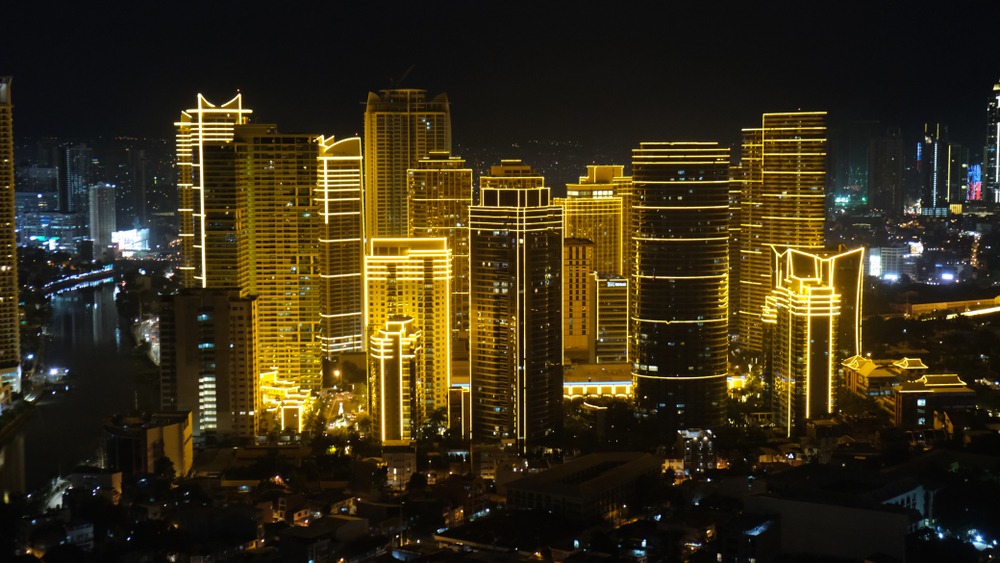
Filipinos also observe Simbang Gabi, a nine-day series of dawn masses from December 16 to 24, culminating on Christmas Eve. This tradition dates back to Spanish colonial times and is seen as a spiritual preparation for Christmas. After Mass, churchgoers often enjoy Filipino delicacies like bibingka (rice cake) and puto bumbong (purple rice cake).
7. Iceland: The Yule Lads and the 13 Days of Christmas
In Iceland, children eagerly await visits from the Yule Lads, 13 mischievous characters who arrive one by one on each of the 13 nights leading up to Christmas. Each Yule Lad has a unique personality and leaves gifts or potatoes in children’s shoes, depending on their behavior.
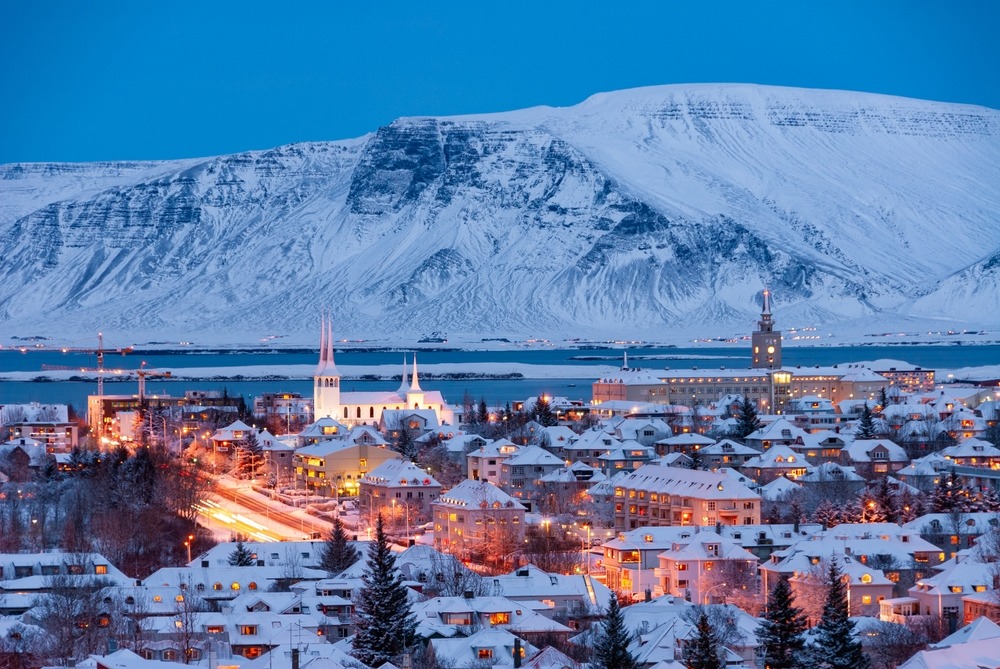
Icelanders also celebrate Jólabókaflóð, or the “Christmas Book Flood,” by exchanging books on Christmas Eve and spending the night reading and enjoying hot chocolate. This tradition has made books a cherished part of Icelandic holiday culture.
8. Australia: Beach Parties and Carols by Candlelight
With Christmas falling in the summer, Australians celebrate the holiday in sunny, warm weather. Christmas Day is often spent outdoors, with families gathering at the beach for barbecues and picnics, and enjoying fresh seafood, pavlova, and seasonal fruits.

An enduring Australian tradition is Carols by Candlelight, where people gather in parks and sing carols together under the night sky. One of the largest events takes place in Melbourne, attracting thousands of people who celebrate with candles, music, and Christmas cheer.
9. Norway: Christmas Gnomes and Julbord
In Norway, the Christmas season includes Julbord, a grand holiday meal served with an array of traditional dishes like lutefisk, ribbe (pork ribs), and pickled herring. Norwegians also enjoy Juleøl (Christmas beer) and Gløgg (mulled wine), while gathering with family and friends.
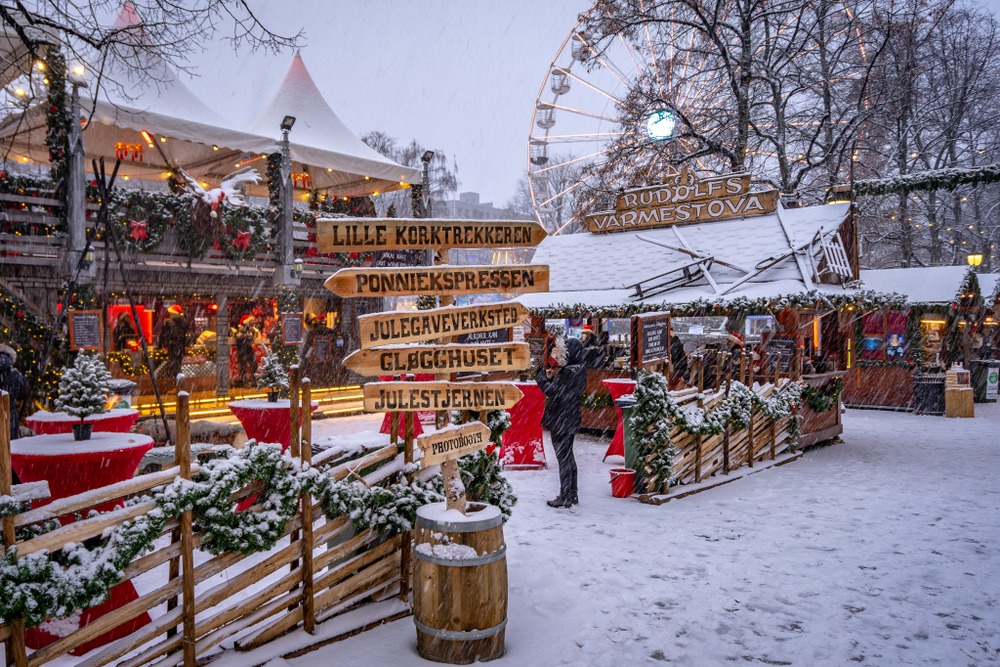
A quirky aspect of Norwegian Christmas is the belief in Nisse, or Christmas gnomes, who are said to protect farms and bring good fortune. Norwegians leave a bowl of porridge out for Nisse on Christmas Eve to keep them happy.
10. Greece: The Kalikantzaroi and the Blessing of the Waters
In Greece, Christmas is celebrated with a blend of Orthodox Christian and local customs. Instead of Christmas trees, many families decorate karavaki (small boats), symbolizing Greece’s deep connection to the sea. A significant tradition is the blessing of the waters, celebrated on Epiphany (January 6), where priests throw a cross into the sea, and young men dive to retrieve it for good luck.
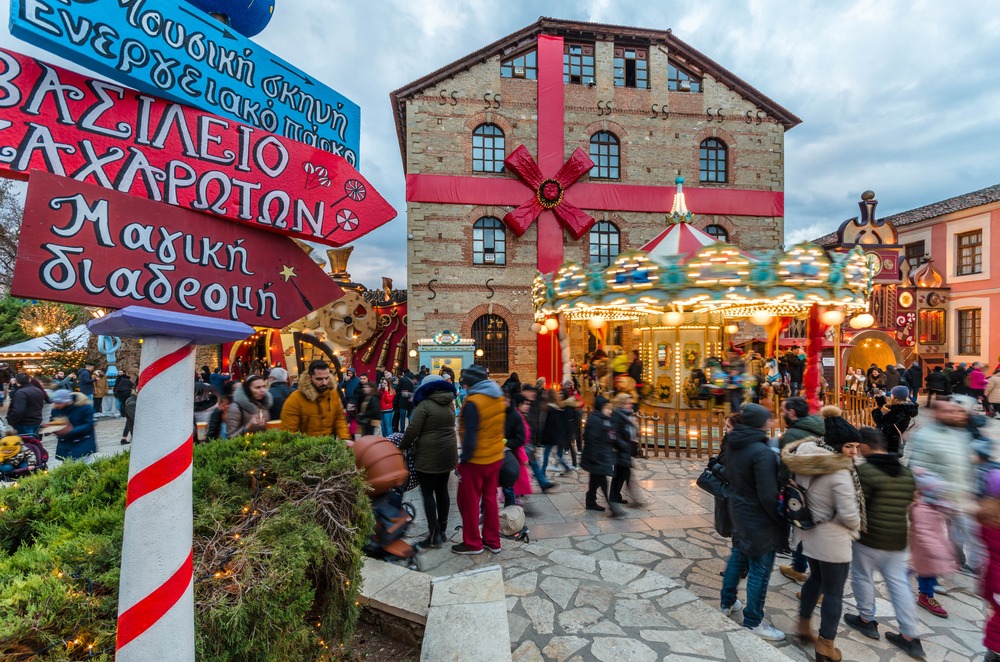
A unique Greek Christmas folklore involves Kalikantzaroi, mischievous goblins believed to emerge from the earth during the Twelve Days of Christmas. Greeks use fires, lights, and incense to ward off these playful spirits, adding an element of intrigue to the festivities.
11. Finland: Santa’s Home and the Declaration of Christmas Peace
Finland is known as the “home of Santa Claus,” and visitors flock to Rovaniemi, Finland in Lapland to meet Santa in his official village. Finnish children also believe Santa lives nearby, adding an element of magic to the season.
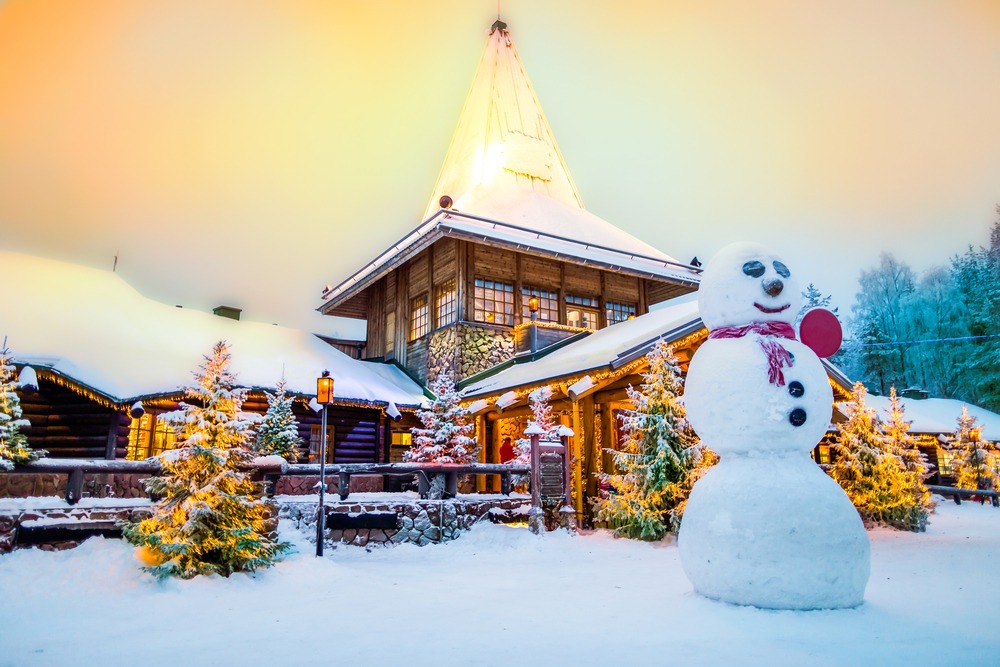
On Christmas Eve, the city of Turku upholds a centuries-old tradition called the Declaration of Christmas Peace, where a public official reads a message encouraging people to celebrate Christmas peacefully. Families gather for a traditional meal that includes dishes like ham, casseroles, and glögi (spiced wine).
12. Venezuela: Roller Skating to Church
In Caracas, Venezuela, a unique tradition sees locals roller-skating to Christmas Mass. Roads are closed to accommodate this joyous event, where people of all ages glide through the streets to attend early morning church services. This tradition brings a festive, lively spirit to Christmas in Venezuela and is often followed by a breakfast of hallacas (cornmeal wraps filled with meat) and pan de jamón (ham bread).
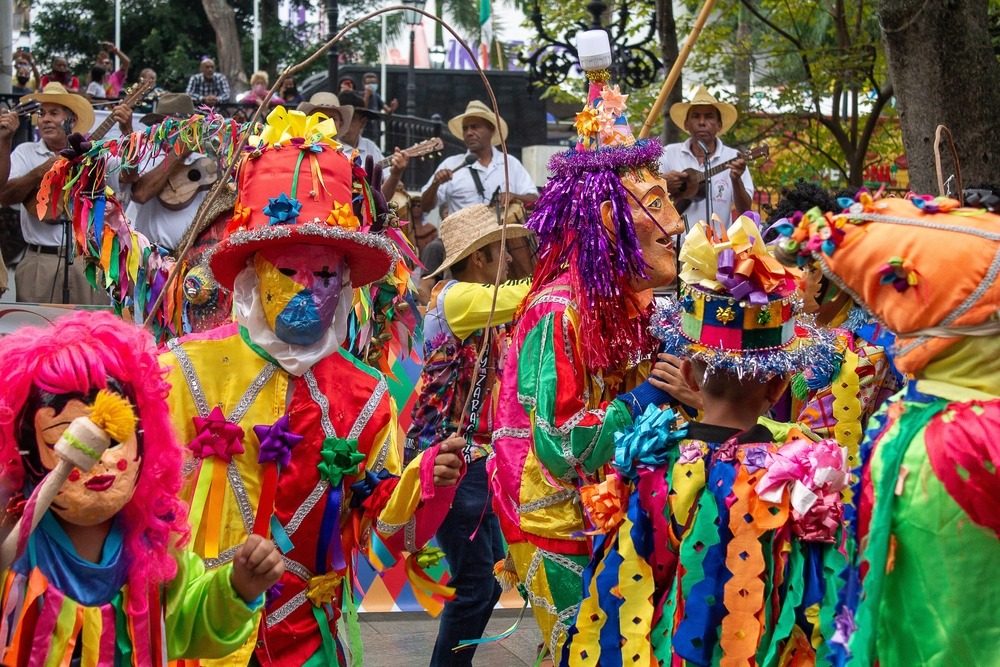
13. Ethiopia: Ganna and Timkat
In Ethiopia, Christmas, known as Ganna, is celebrated on January 7 according to the Ethiopian Orthodox calendar. People dress in white robes called shamma and gather at church for a special Mass, often involving processions and chanting. The celebration is simple, focusing on religious observance and community. Many will make pilgrimages to the famous rock-hewn Church of Saint George.
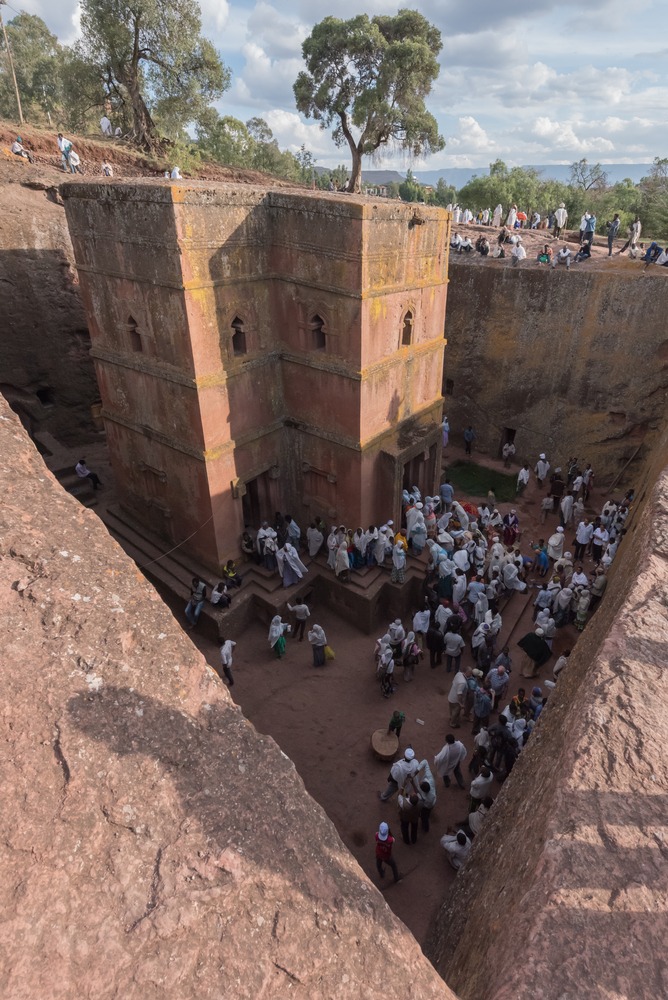
Twelve days after Ganna, Ethiopians celebrate Timkat, a holiday commemorating the baptism of Jesus. During Timkat, people participate in ceremonial re-enactments, joyful singing, and feasts, highlighting the deep spiritual significance of the season.
14. Turkey: Celebrating New Year’s Eve with a Christmas Twist
Turkey, a predominantly Muslim country, does not celebrate Christmas as a religious holiday. However, many Turks have adopted a festive twist on New Year’s Eve, incorporating elements that resemble Western Christmas traditions. Cities, especially Istanbul, are adorned with lights and decorations that create a cheerful holiday atmosphere.
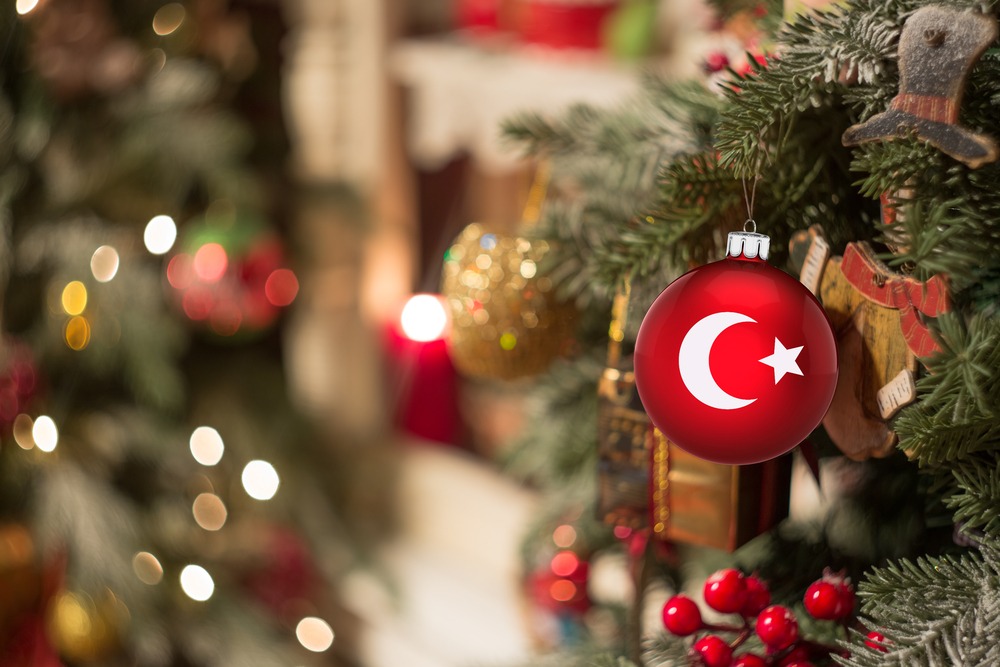
On New Year’s Eve, families come together to enjoy a special meal, exchange small gifts, and decorate a New Year’s tree, which resembles a Christmas tree. Traditional Turkish dishes, such as meze platters, roasted meats, and sweet treats like baklava, are enjoyed as part of the New Year’s celebrations, offering a unique blend of holiday cheer.
15. Egypt: Coptic Orthodox Christmas on January 7
In Egypt, Christmas is celebrated on January 7, following the calendar of the Coptic Orthodox Church. The season begins with a 43-day Nativity Fast known as Kiahk, where devout Copts abstain from eating animal products in preparation for the holiday. On Christmas Eve, people gather for a special service, often lasting past midnight, held in churches decorated with colorful lights and nativity scenes.
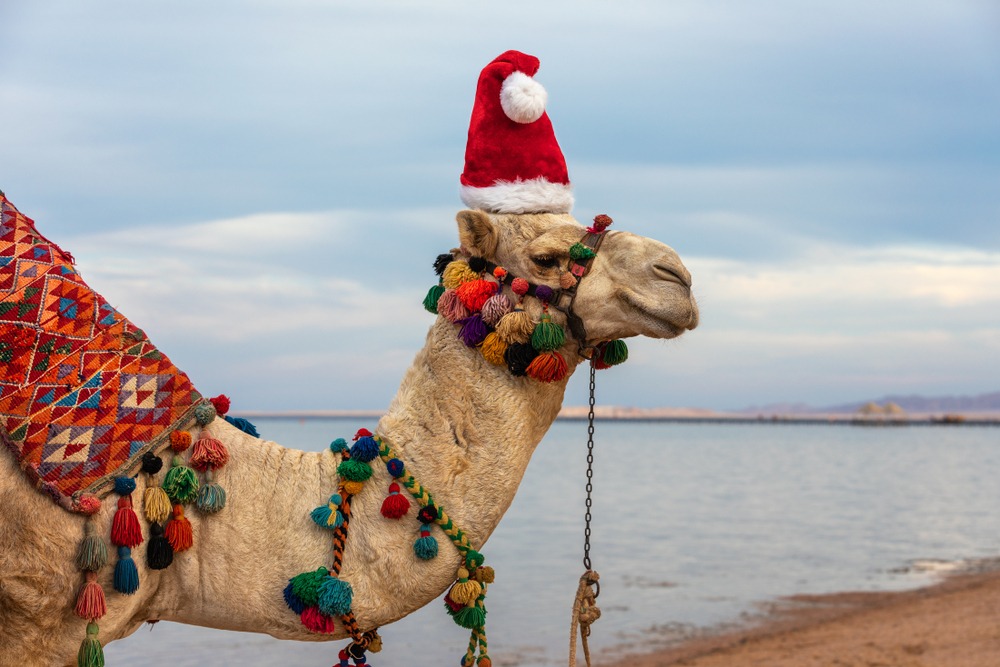
The day after Christmas, Egyptians enjoy a traditional feast that includes dishes like fattah, a meal made with rice, bread, and meat, served with vinegar and garlic. Homes and churches are also decorated with lamps and candles, symbolizing hope and joy in celebration of Christ’s birth.
16. Brazil: Midnight Mass, Fireworks, and Festive Feasting
In Brazil, Natal (Christmas) is celebrated with vibrant and joyful festivities that blend Catholic traditions with local culture. On Christmas Eve, families attend Missa do Galo (Midnight Mass), a popular tradition symbolizing the birth of Jesus. After Mass, families gather for a festive meal that includes turkey, ham, rice, and traditional Brazilian dishes like farofa (toasted cassava flour) and bacalhau (salted cod).
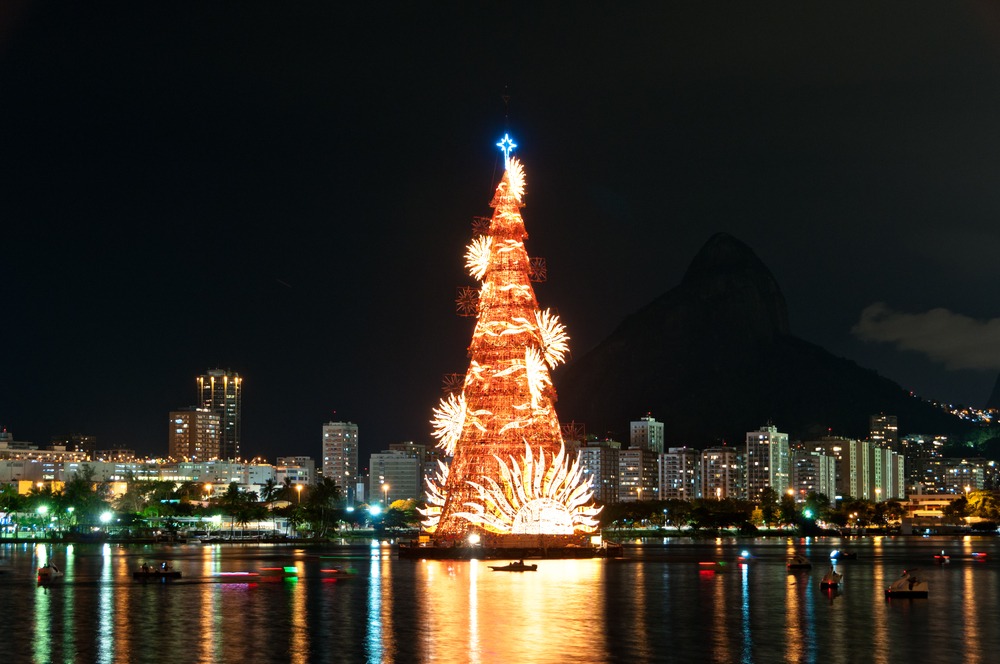
One unique aspect of Brazilian Christmas is the use of fireworks to celebrate the occasion, especially in coastal cities like Rio de Janeiro. On Christmas Day, many families spend time at the beach, enjoying the warm weather and festive atmosphere. Papai Noel, or Brazilian Santa Claus, is also a beloved figure, often portrayed as wearing silk clothes to suit Brazil’s tropical climate.
17. China: “Sheng Dan Jie” and Apples as Gifts
Christmas in China, known as Sheng Dan Jie (Holy Birth Festival), is celebrated in larger cities, particularly by the growing Christian population and by non-Christians as a secular holiday. Shopping centers and public spaces are decorated with lights, Christmas trees, and festive ornaments, creating a cheerful ambiance.

A unique Christmas custom in China is the exchange of apples wrapped in colorful paper. Apples are called “ping guo” in Mandarin, which sounds similar to the word for “peace” (ping’an), so giving apples has become a symbol of peace and good fortune. Additionally, younger generations celebrate Christmas by going out with friends, exchanging gifts, and enjoying seasonal treats, creating a festive blend of Western and Chinese traditions.
18. India: Midnight Mass, Colorful Lanterns, and Festive Foods
India has a significant Christian population, particularly in states like Goa, Kerala, and Tamil Nadu, where Christmas, or Bada Din (Big Day), is celebrated with grandeur. On Christmas Eve, families attend Midnight Mass, a cherished tradition that brings communities together. Churches and homes are adorned with stars, lights, and colorful paper lanterns, symbolizing the Star of Bethlehem.
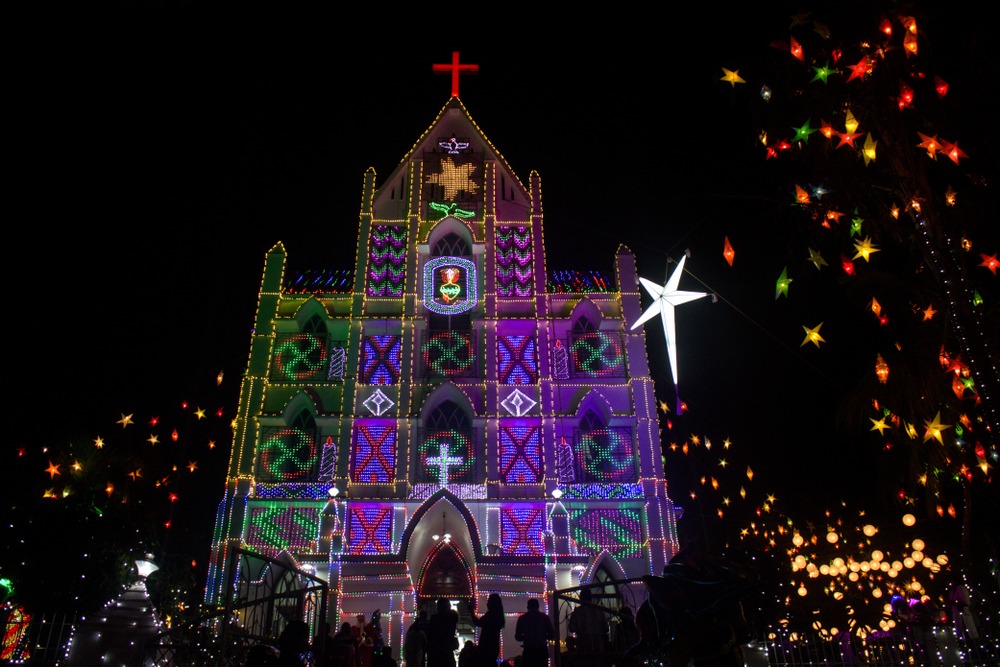
In Goa, people create vibrant nativity scenes and decorate mango or banana trees instead of traditional Christmas trees. Indian Christmas meals often include pork vindaloo, mutton curry, and a variety of sweets like kulkuls and neureos (sweet, fried pastries filled with coconut). Singing carols and sharing sweets with neighbors are also integral to the Indian Christmas experience, reflecting the country’s diversity and communal spirit.
19. Kenya: Family Gatherings, Church Services, and Community Celebrations
In Kenya, Christmas is a time of joyful community gatherings, where families and friends come together to celebrate. The holiday season is marked by a blend of religious observances and communal festivities. Most Kenyans attend church services on Christmas Day, which include lively singing, dancing, and special sermons. Churches and homes are often decorated with bright colors and, sometimes, small Christmas trees.
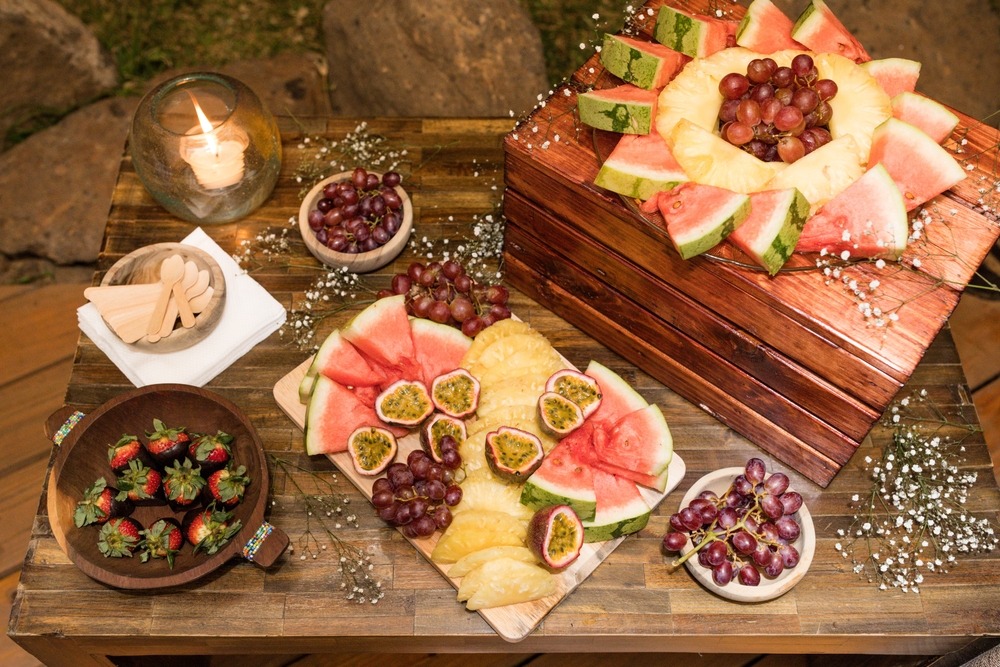
Kenyan families celebrate with a feast that includes roasted meats, especially nyama choma (grilled meat), chapati, rice, and local vegetables. In rural areas, people may travel long distances to celebrate with extended family members, strengthening bonds and sharing in the joy of the season. The focus of Christmas in Kenya is on family, faith, and community, with people giving thanks for the year and looking forward to the new one.
20. Poland: Wigilia, Breaking of the Opłatek, and Twelve Traditional Dishes
In Poland, Christmas Eve, known as Wigilia, is the most important part of the Christmas celebration. Families gather for a traditional dinner after the first star appears in the evening sky, symbolizing the Star of Bethlehem. A unique Polish custom is the breaking of the opłatek, a thin wafer shared among family members as they exchange good wishes for health and prosperity in the coming year. The Wigilia dinner consists of twelve dishes, one for each apostle, with meatless recipes including dishes like pierogi (dumplings), barszcz (beet soup), and karp (carp) 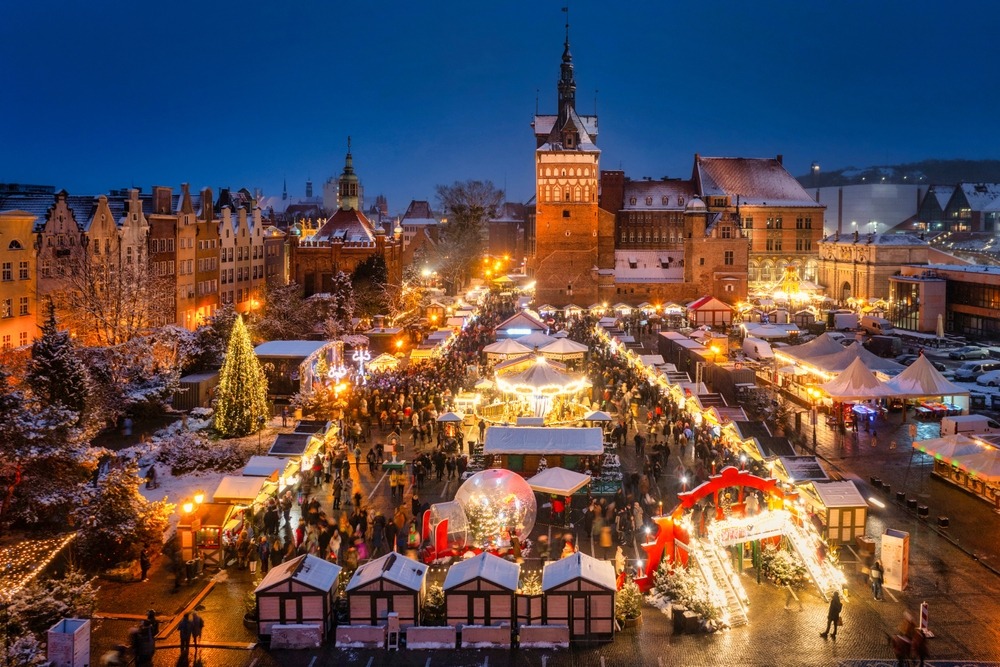
A place setting is often left empty at the table to honor absent loved ones or any unexpected guests, reflecting Poland’s spirit of hospitality and remembrance. After dinner, families sing carols and attend Pasterka, or Midnight Mass, to celebrate the birth of Christ.
21. Cuba: Nochebuena, Lechón Asado, and Festive Gatherings
In Cuba, Christmas celebrations center around Nochebuena (Christmas Eve), which is a time for large family gatherings, music, and a festive feast. One of the main highlights of the Cuban Christmas meal is lechón asado (roast pork), traditionally prepared by marinating a whole pig in a mix of citrus and spices before slow-roasting it. Alongside the roast, popular dishes include yuca con mojo (cassava with garlic sauce) and moros y cristianos (black beans and rice). After the family meal, people often attend Misa de Gallo (Midnight Mass), reconnecting with religious roots and community.

Although Christmas was only officially reinstated as a holiday in Cuba in 1997, following Pope John Paul II’s visit, it has since grown into a joyful celebration combining traditional flavors, warmth, and lively family gatherings.
The Universal Spirit of Christmas
These diverse Christmas traditions demonstrate the beautiful ways in which cultures around the world honor the holiday season, each adding its own unique touch to the celebration. Whether through midnight masses, firework displays, candlelit processions, or festive feasts, Christmas is a time of unity, love, and joy that transcends borders, bringing people together in the spirit of peace and goodwill.
While Christmas traditions vary widely, they all share a common theme of warmth, joy, and togetherness. Whether through candlelit processions, elaborate feasts, or quirky customs, the Christmas season provides people worldwide an opportunity to connect with their communities, express gratitude, and celebrate love and generosity.
The beauty of these diverse traditions reminds us that, no matter where we hail from, we can all be share love, joy and the hope for our connected world.


